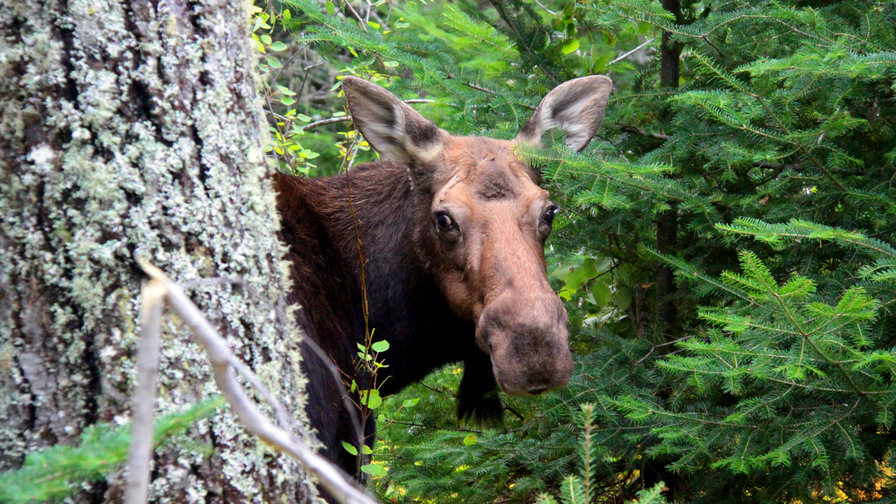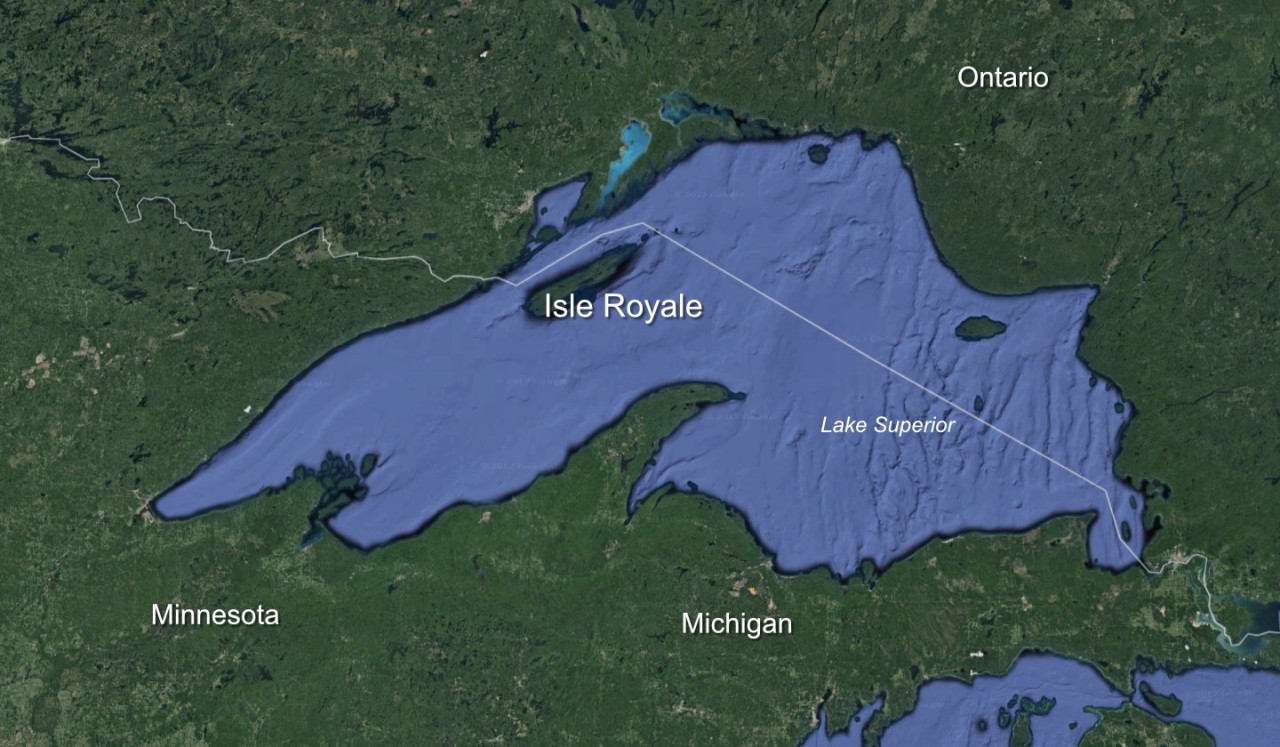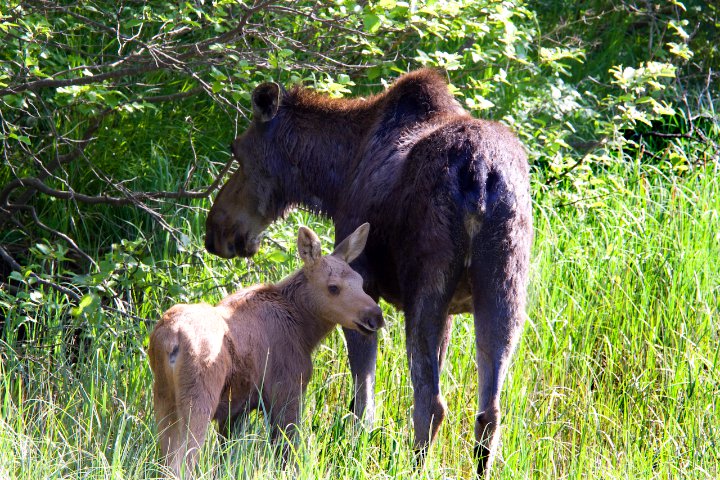
Isle Royale is an 893 square mile island in the northwest corner of Lake Superior, about a four-hour boat ride from Houghton, Michigan on the Keweenaw Peninsula. It’s a pretty rustic place with little development, and as such makes a fascinating isolated ecosystem for the study of the few species that live there, most significantly 1,600 moose and one or two wolves, interrupted only sometimes by visiting scientists or nature lovers.

(GOOGLE EARTH)
A team of ecologists from Michigan Technological University (MTU) in Houghton have recently released the first results of their study of Isle Royale moose as living, breathing manifestations of changing climate conditions.
Moose thrive in the cold, and while the Keweenaw continues to be frigid by human standards, with roughly 300 inches of snow per year, it’s not as cold as it once was. “The conditions you’re born into have a massive impact on not only how big you are but also how long you’re going to live,” says Sarah Hoy, a research fellow of MTU’s School of Forest Resources and Environmental Science. “This idea isn’t new — what we’re trying to do is establish how climate warming is affecting this iconic, cold-adapted species. We found evidence suggesting that moose experiencing a warm first winter tended to be smaller as adults and live shorter lives.”

Moose mother and calf (ANDREW)
What the researchers have found is that moose skulls from Isle Royale have shrunk about 16% over the last 40 years. The team culled measurements of 262 moose skulls collected by citizen…
The post Moose May Be the Real Canaries in the Coal Mine appeared first on FeedBox.